This post is part of the Top SEO Strategies for eCommerce Websites.
Welcome to our post on eCommerce Category Page SEO! If you’re a proud e-commerce store owner, you understand the importance of achieving higher rankings for your category pages. In this article, we’ll share expert insights, tips, and strategies to optimise your eCommerce category pages for SEO, ultimately driving increased traffic to your online store.
What is a Category Page in eCommerce?
Category pages, in eCommerce, serve as a means to organise and group together products that share a common theme or focus. They provide a centralised space where customers can conveniently explore and make purchases within a specific category.
Product Categories could be created in several ways, first could simply be the type of product, say t-shirts, jumpers or even hats. You could also have a category for seasonal collections like summer, winter or spring collections. Or if you were an online resaler you might categorise products based on brands i.e. Schuh’s Addidas collection.

Why is SEO for Category Pages Important?
eCommerce platforms employ categories and tags as means of grouping and organising their vast array of products. Product categories significantly impact the user experience and SEO of a website, contributing to its visibility in search engine results.
Types of Category Pages:
Listing Pages by Category:

Category listing pages serve as elevated platforms that organise related products into distinct categories. They act as navigational hubs, enabling users to explore various product categories.
Listing Pages by Product:
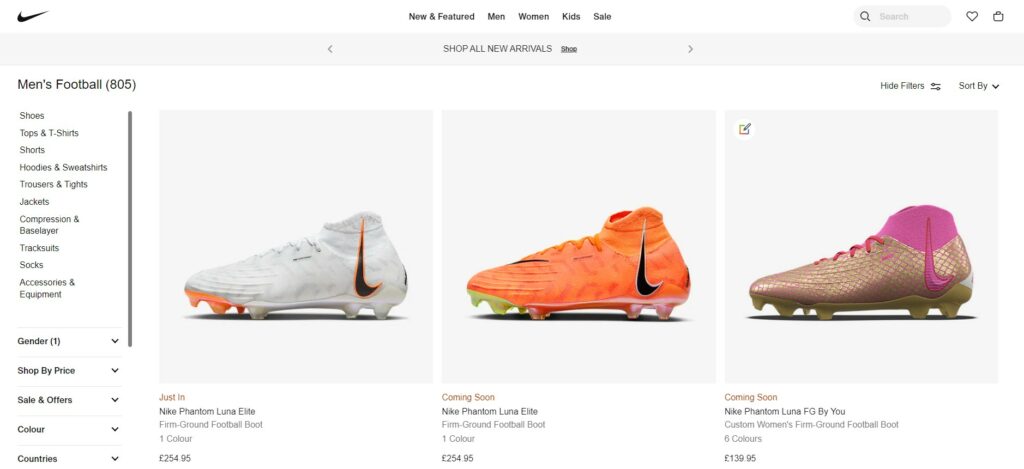
Product listing pages provide a comprehensive view of individual products within a particular category. They display a curated list of products, showcasing images, titles, prices, and additional details.
eCommerce Category Page SEO Fundamentals
Keyword Research:
Identify pertinent keywords that align with the products within your category and cater to your target audience. Utilise keyword research tools to discover keywords with high search volume and low competition.
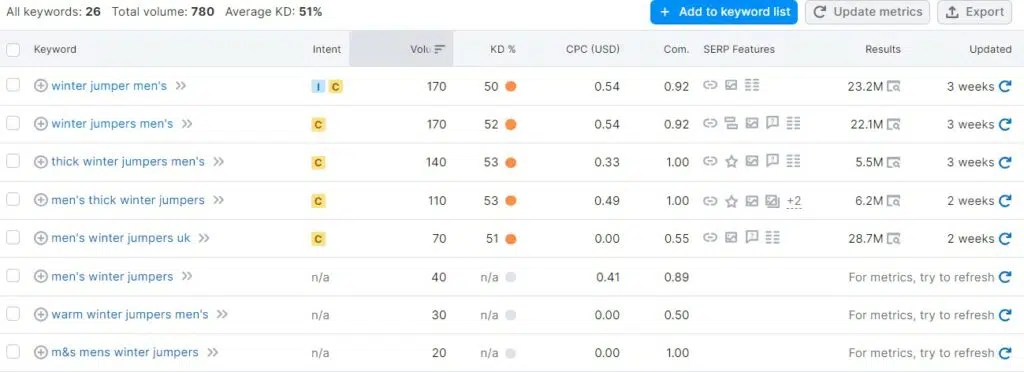
Optimised Meta’s & URLs
Craft descriptive and concise title tags and engaging meta descriptions. Ensure clean and user-friendly URLs, incorporating your chosen primary keyword.
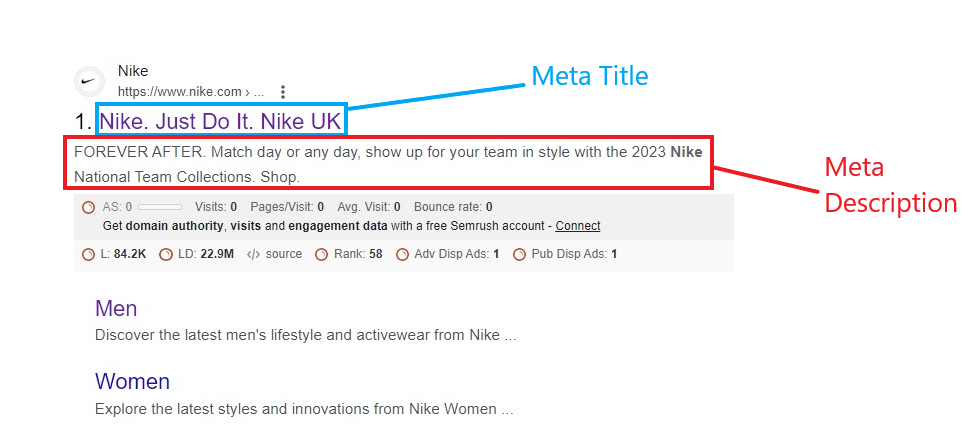
Heading Tags:
Utilise appropriate heading tags (H1, H2, etc.) to structure your category page. The H1 tag should contain the primary keyword of the category, while subsequent headings can be used to organise subcategories or showcase featured products.
Image Optimisation:
Optimise product images with descriptive filenames and alt tags that incorporate relevant keywords. Compressing images helps improve page loading speed.
Unique Content:
Ensure each category page offers unique and valuable content. Describe the category, its purpose, and highlight key products or features.
Mobile Optimisation:
Fully optimise your category pages for mobile devices, considering the increasing number of mobile users. You can do this by building a responsive website, and by regularly checking to see if there are any changes you can make onsite which will improve mobile usability. Lighthouse has a great extension to help you view this.
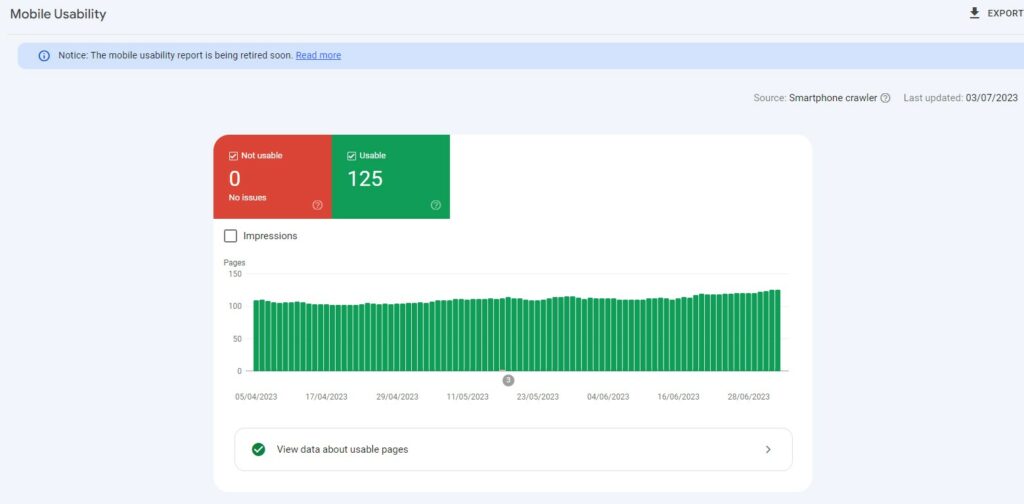
Page Speed:
Optimise the loading speed of your pages by minimising file sizes, leveraging browser caching, and utilising content delivery networks (CDNs). There are plenty of page-speed tools and resources to help with this.
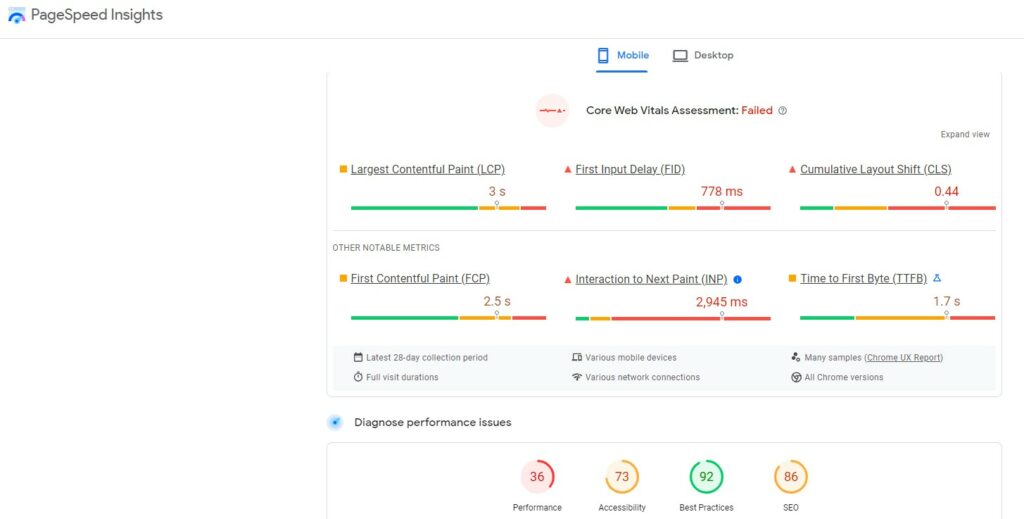
Content, Content, Content (Oh and make it helpful)
Incorporate valuable content into your category pages, such as compelling descriptions, customer reviews, social proof, buying guides, how-to guides or tutorials, and frequently asked questions.
Category Page Descriptions: Craft compelling and informative descriptions for the products within the category. Highlight key features, benefits, and any unique selling points to entice customers.

Customer Reviews: Display customer reviews and ratings for the products in the category. Genuine feedback from previous buyers can build trust and assist potential customers in their decision-making process.
Social Proof: Showcase social media mentions, user-generated content, or testimonials that highlight positive experiences with products from the category. This fosters trust and encourages customers to engage with the offerings.
Buying Guides: Create buying guides or size charts that help customers make informed decisions when selecting products within the category. Provide guidance on choosing the right fit, style, or specifications.
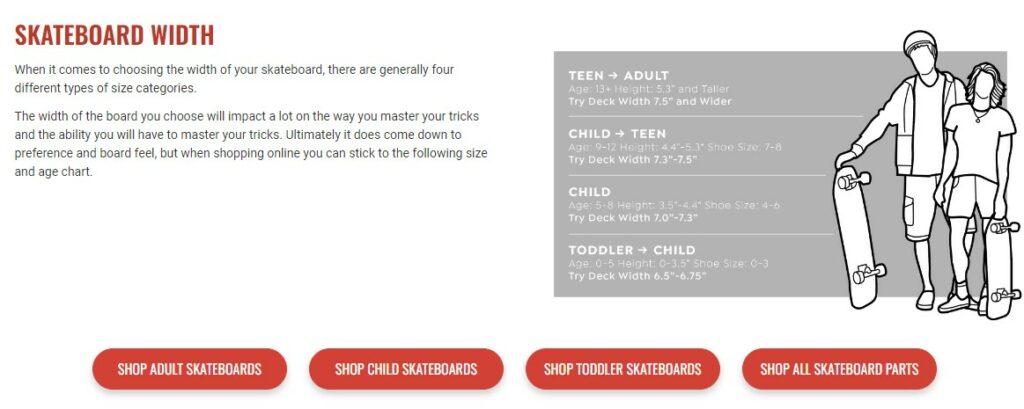
How-to Guides or Tutorials: If customers are required to understand how to use a product, offer step-by-step guides or tutorials on how to use or style products within the category. This not only adds value to the customer but also demonstrates your expertise in the field.
FAQs: Frequently asked questions are a brilliant way to add more content to the page without overwhelming users with text. This could be FAQs about the product category itself or information that can help customers such as shipping and return information.

Category Page hierarchy
The eCommerce product category hierarchy involves creating a logical and hierarchical arrangement where broader categories are positioned at the top, followed by more specific subcategories beneath them.
How do I Improve My Category Page’s Hierarchy?
Logical Grouping: Organise subcategories under relevant parent categories for a clear and intuitive structure.
SEO Optimisation: Optimise parent category pages with relevant keywords, meta tags, and content.
Internal Linking: Establish robust internal linking between parent and subcategories for efficient crawling.
Breadcrumb Navigation: Utilise breadcrumb navigation for easy user navigation and improved user experience.
Scalability and Flexibility: Ensure a well-structured hierarchy for scalability and future expansion.
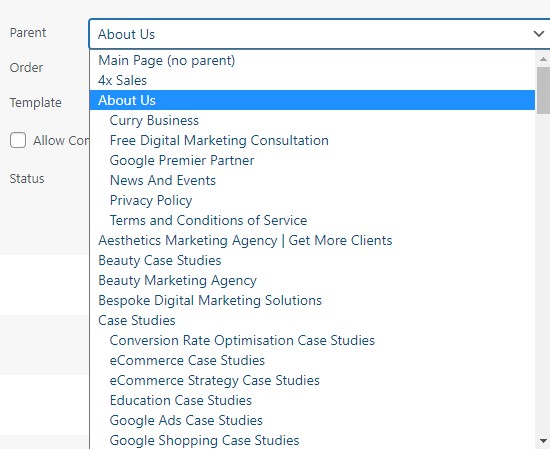

Build a Sitemap for Category Pages
A sitemap helps search engines discover and index category pages more easily, improving website visibility and user experience.
It’s worth noting that some eCommerce platforms have built-in functionality for generating sitemaps, so it may be as simple as a button press to create one for your website. Some examples of this are WordPress, Shopify, Magento, and more.
Rich Snippets.
Implement rich snippets on your eCommerce website using the schema.org vocabulary for structured data about your products.
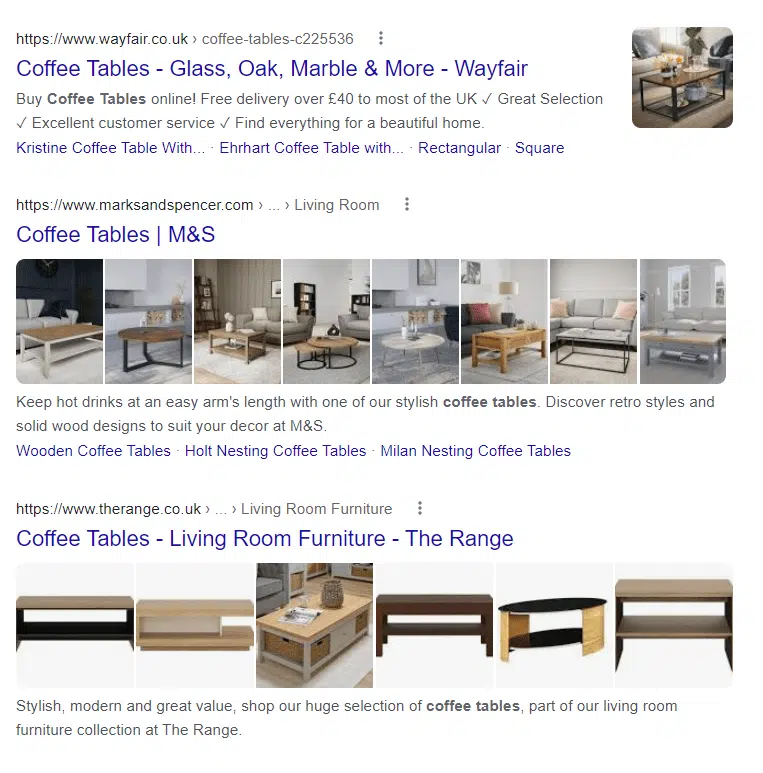
Optimising your eCommerce category pages for SEO is crucial for the success of your online store. Focus on compelling headings, page titles, keywords, and structured data to improve visibility and user experience. Regularly review and update your category pages to stay ahead of the competition and drive more traffic and conversions.
Thank you for reading our blog post on enhancing your eCommerce category pages using SEO! Why not check out some of our other relevant services:










